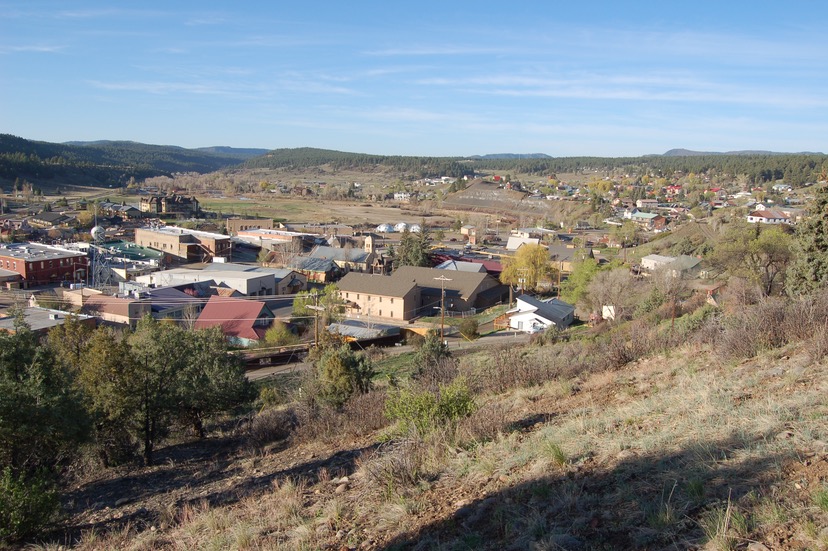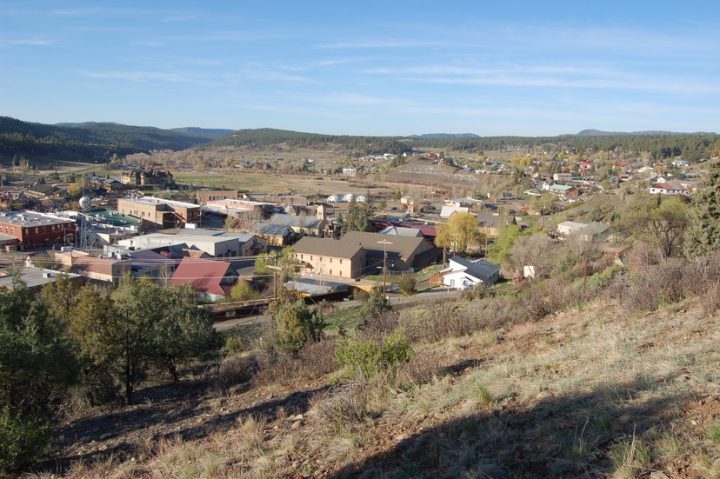May 2020
During early May, the Centers for Disease Control and Prevention (CDC) conducted a survey among adults across the United States and found widespread support for stay-at-home orders and a relatively high degree of (reported) adherence to COVID-19 mitigation guidelines. About 88% of those surveyed agreed that people ought to keep six feet apart in social situations. About 82% believed that social gatherings including more than 10 people ought to be discouraged. About 80% of Americans “supported stay-at-home orders and nonessential business closures.”
“Most respondents reported that they would feel unsafe if restrictions were lifted at the time of the survey.” Or so the CDC reported. But they also reported that about 43% of Americans were willing to take the risks, if all lock-down and stay-at-home orders were removed.
I was watching the numbers, like everyone else, and looking forward to this whole thing being over and done with. But I was also watching a drama unfold at Town Hall, where I served on the Town Planning Commission, and where a local developer — Jack Searle, and his son Ryan — were proposing something unique in the annals of Pagosa history”: a gated community, at the south end of Hot Springs Boulevard.
We had some gated communities out on the wilderness of Archuleta County, but the historic downtown has retained more of a “community” character since being platted in 1883. All the streets and sidewalks were public, and were accessible to the public.
Well, not quite “all”. A few years earlier, Mr. Searle had managed to build a small subdivision called Cobblestone Townhomes, adjacent to Yamaguchi Park, with private roads and sidewalks. I suppose no one, then, had been paying attention to the ‘new subdivisions’ section of the Town’s Land Use and Development Code (LUDC) where it was pretty clearly stated:
7.4.1. STREETS
All street rights-of-way shall be dedicated to the public.
Mr. Searle and his son, Ryan, were now proposing another, somewhat larger subdivision within the town, where the road would not only be private — the subdivision would in fact be “gated”.
One of the volunteers serving with me on the Town Planning Commission was businessman and activist Mark Weiler, and I sent Mark an email.
Hi Mark… hope you are enjoying your time At Home.
I included a smiling emoji.
I’m trying to get a better understanding of the intent of the LUDC, and would like to know if you agree with my general understanding. I appreciated [Planning Commission member] Jeff Posey’s comment at a recent meeting, that he “doesn’t like gates”. But I didn’t believe his comment was backed up by the LUDC.
After a little bit of research, I’ve come to the conclusion that the LUDC also ‘doesn’t like gates’. Not in relation to any particular subdivision, but just in general. As I’m coming to understand the LUDC, a new subdivision within the town must provide public streets, accessible to the public. In the section on subdivisions:
d. Access. There shall be no less than two (2) street rights-of-way accessing any subdivision to minimize traffic congestion and/or blockage in times of emergency. Additional access points are required for larger developments pursuant to Section 6.6.2.B.
I told Mr. Weiler that I understood this LUDC requirement to mean: “If a developer wants to create a subdivision within the Town of Pagosa Springs, they must design their subdivision so that it has ‘two (2) street rights-of-way’ accessing the subdivision.” A developer cannot have just one access point into their subdivision. But do these street rights-of-way need to be open to the public? Or could they be ‘private’ and gated? Again, from the LUDC.
7.4.1. STREETS
All street rights-of-way shall be dedicated to the public.
Not only are street rights-of-way required to be public, the sidewalks must also be public whenever they are in the public right-of-way.
7.3.5. SIDEWALKS, WALKWAYS, AND MULTI-USE TRAILS
The developers shall dedicate walkways, sidewalks, and multi-use paths to the Town, or to a duly formed owners’ association to the extent they are not within the right-of-way, as recommended by the Planning Commission.
I understood this to mean: “In order to build out a legal subdivision, you must have at least two street rights-of-way access points, and additionally, all street rights-of-way must be publicly accessible. Additionally, if you build sidewalks or trails within a public right-of-way, these also must be publicly accessible.”
The LUDC also states:
7.3.3 B. Lots.
1. Each lot shall have frontage on a public street right-of-way. No lots shall be created that are narrow or irregularly shaped, making construction impractical due to the inability to meet the setback and yard requirements.
It appeared to me, from a careful reading of the Town’s own rule book, the LUDC, that a new subdivision can indeed have private driveways, and private sidewalks and paths — so long as every lot has frontage on “a public street right-of-way”.
In other words, the LUDC requires new subdivisions to emulate the public, community-oriented access defined by US surveyor Benjamin Smith in 1883, when he laid out the original plat for the Pagosa Springs town site. I didn’t think I was overstating the facts, when I wrote to Mr. Weiler, because the LUDC itself says pretty much the same thing regarding subdivisions:
B. Street design shall be coordinated with the Town’s overall transportation system design and transportation systems on adjacent land.
Our existing downtown was platted and constructed so as to connect each residential or commercial parcel with public streets, public alleys and public sidewalks. Our downtown was designed, from the very beginning, to encourage social connections between residents, no matter their age, race, religious beliefs, or level of personal wealth. Our town has always had the overall character of a shared community, and the LUDC was carefully written, in my humble opinion, to preserve this kind of community.
This discovery — that our Town desires to preserve the friendly, social character that has always existed in Pagosa Springs, and is willing to pass laws that require new subdivisions to help preserve that character by providing public streets and sidewalks — gave me a nice, warm feeling. As far as I could discern, the laws included in the LUDC in no way prohibited new subdivisions within the Town limits. But they demanded that new subdivisions be designed so as to give each lot frontage on a public street, with streets and sidewalks open to the public.
My general concept of a healthy, functional society includes the idea that, if you are going to make laws, follow them, and enforce them. If you’re not going to follow your own laws… and if you’re not going to enforce them… for heaven’s sake, don’t make them.
It turned out, however, that the rest of the Town Planning Commission, and Town Planning Director James Dickhoff, subscribed to a rather different approach, which was: “Ignore the laws the Town has included in the LUDC, whenever it suits you.”
It turned out that publicly pointing out apparent violations of municipal law by government officials can make a person rather unpopular.


